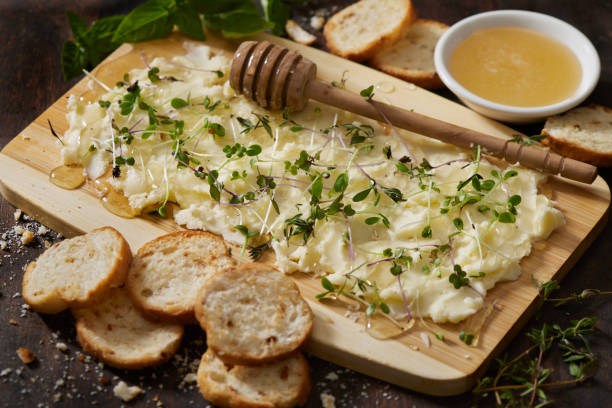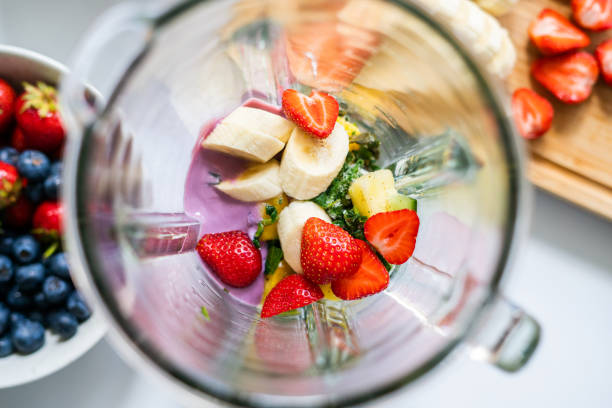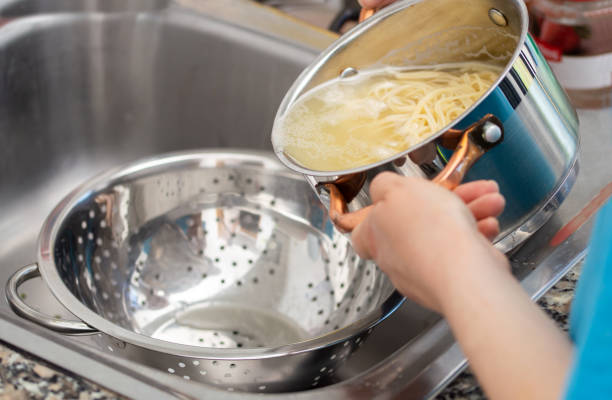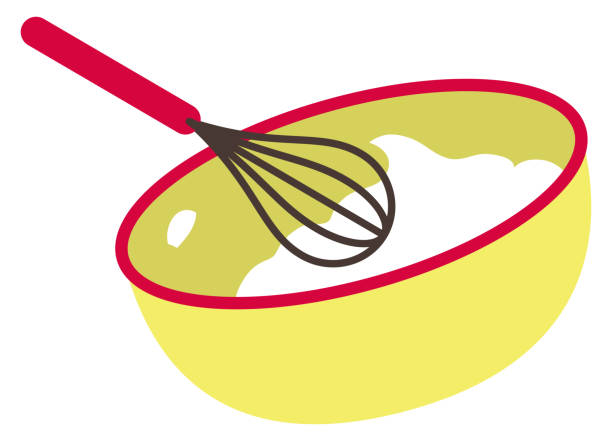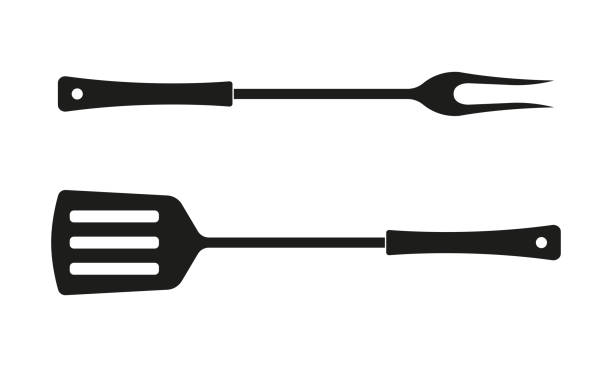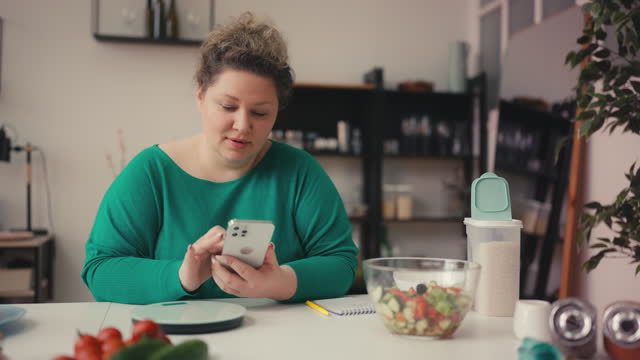The Cutting Board: A Culinary Canvas in the Kitchen
In the realm of culinary endeavors, the cutting board stands as an unassuming yet indispensable tool, serving as a sturdy foundation for the artistry of meal preparation. This simple flat surface, often overlooked, is the stage upon which ingredients are transformed, and culinary creations come to life. In this exploration, we delve into the history, material variations, maintenance practices, and the significant role cutting boards play in the heart of the kitchen.
A Historical Perspective:
The roots of the cutting board trace back to ancient civilizations, where early cooks likely utilized flat stones or tree trunks as rudimentary chopping surfaces. As culinary practices evolved, so did the tools used in the kitchen. The concept of a dedicated surface for cutting and chopping gained prominence, leading to the development of the wooden cutting board.
Wooden cutting boards have a long history, with hardwoods like maple and walnut being popular choices due to their durability and resistance to bacteria. In recent decades, other materials such as plastic, bamboo, and composite materials have emerged, offering different advantages in terms of maintenance, sanitation, and sustainability.
Material Variations:
- Wooden Cutting Boards:
- Hardwoods: Maple, walnut, cherry, and teak are popular choices for wooden cutting boards. They are renowned for their durability and resistance to knife marks.
- Softwoods: While less common, softwoods like pine or cedar are occasionally used. However, they are more prone to damage and tend to develop grooves more quickly.
- Plastic Cutting Boards:
- Polyethylene: Known for its durability and resistance to moisture, polyethylene is a common material for commercial cutting boards. It is also dishwasher safe.
- Polypropylene: Similar to polyethylene, polypropylene cutting boards are resistant to moisture and gentle on knife blades.
- Bamboo Cutting Boards:
- Sustainability: Bamboo is an eco-friendly option as it is a rapidly renewable resource. It is also resistant to bacteria, although it requires regular maintenance to prevent excessive wear.
- Composite Cutting Boards:
- Paper Composite: Made from layers of paper impregnated with resin, these boards are durable and knife-friendly. They are also considered environmentally friendly.
- Recycled Plastic Composite: These cutting boards are made from recycled materials and offer a balance between durability and sustainability.
- Glass Cutting Boards:
- Hygiene: Glass cutting boards are non-porous and resistant to bacteria, making them easy to clean and sanitize. However, they can be hard on knife blades and may cause them to dull more quickly.
Each material has its unique characteristics, and the choice of a cutting board often depends on personal preferences, culinary habits, and maintenance considerations.
Functionality and Culinary Significance:
The cutting board is more than just a flat surface; it is a foundational element in the culinary process. Its significance extends beyond being a mere chopping block, playing several critical roles in the kitchen:
- Ingredient Preparation: The cutting board is the canvas on which ingredients are meticulously chopped, sliced, and diced. It provides a stable surface for precision in knife work, allowing cooks to showcase their skills in achieving consistent and uniform cuts.
- Cross-Contamination Prevention: Proper use of cutting boards is crucial in preventing cross-contamination in the kitchen. Different boards for raw meat, poultry, vegetables, and other food items help maintain hygiene and food safety standards.
- Knife Preservation: A good cutting board not only supports the ingredients but also protects the sharpness of knives. Softer materials like wood and bamboo are gentler on knife blades, reducing the likelihood of premature dulling.
- Culinary Artistry: The cutting board is a stage for creativity, where chefs and home cooks alike express their culinary artistry. The visual appeal of ingredients arranged on a cutting board can elevate the overall aesthetic of a dish.
- Versatility: Cutting boards are not limited to chopping alone. They serve as a versatile surface for tasks like rolling out dough, assembling ingredients, and even presenting charcuterie or cheese platters.
Maintenance and Care:
Proper care and maintenance are essential to extend the lifespan of a cutting board and ensure its hygienic use in the kitchen. Different materials require specific care routines:
- Wooden Cutting Boards:
- Hand Washing: Avoid submerging wooden boards in water or cleaning them in a dishwasher. Instead, hand wash with mild soap and warm water.
- Seasoning: Periodically apply mineral oil or beeswax to keep the wood moisturized and prevent it from drying out or cracking.
- Avoiding Harsh Cleaners: Steer clear of harsh cleaning agents, as they can damage the wood and compromise its integrity.
- Plastic Cutting Boards:
- Dishwasher Safe: Many plastic cutting boards are dishwasher safe, making them easy to clean and sanitize. Check the manufacturer’s guidelines for specific instructions.
- Replacing When Worn: Plastic boards can develop grooves over time. When the grooves become deep, it’s advisable to replace the board to maintain hygiene.
- Bamboo Cutting Boards:
- Regular Oil Application: Bamboo cutting boards benefit from occasional oiling with food-grade mineral oil to prevent drying and cracking.
- Hand Washing: Like wooden boards, bamboo boards should be hand washed with mild soap and warm water.
- Composite Cutting Boards:
- Dishwasher Safe: Depending on the specific composition, some composite boards may be dishwasher safe. Check the manufacturer’s recommendations.
- Avoiding Abrasive Cleaners: Avoid using abrasive cleaners or scouring pads, as they can damage the surface.
- Glass Cutting Boards:
- Dishwasher Safe: Glass cutting boards are often dishwasher safe, making them easy to clean. However, be cautious with extreme temperature changes, as glass can crack.
- Knife-Friendly Cutting Surfaces: To preserve knife blades, use tempered glass cutting boards that are specifically designed to be knife-friendly.
Conclusion:
The cutting board, with its humble origins and diverse material variations, has earned its place as an essential tool in the kitchen. Beyond its functional role as a surface for chopping and preparing ingredients, the cutting board is a canvas for culinary expression, a guardian of hygiene, and a testament to the craftsmanship of cooks and chefs.
Whether crafted from durable hardwoods, eco-friendly bamboo, or innovative composite materials, the cutting board continues to evolve alongside culinary practices and sustainability considerations. As we wield knives and create culinary masterpieces on this foundational surface, the cutting board remains a silent partner in the gastronomic journey, supporting and enhancing the artistry of the kitchen. So, the next time you reach for your trusty cutting board, take a moment to appreciate its role in the symphony of flavors and textures that grace your dining table.
